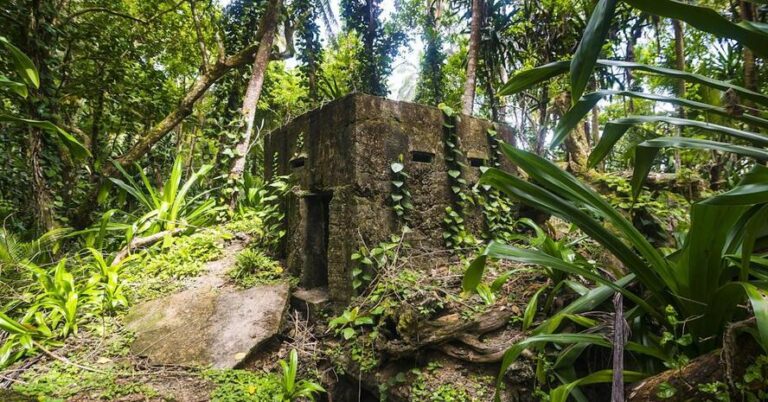The world is full of mysteries, and among the greatest of them are the lost civilizations that may still lie buried beneath the earth, waiting to rewrite history. While places like Atlantis and El Dorado have long captured the public imagination, some sites have real archaeological potential—places where new excavations could reveal groundbreaking discoveries. Here are five locations that stand out as the most wanted sites for excavation to prove the existence of lost ancient civilizations.
1. Ocomtún, Mexico: A Newly Discovered Maya City
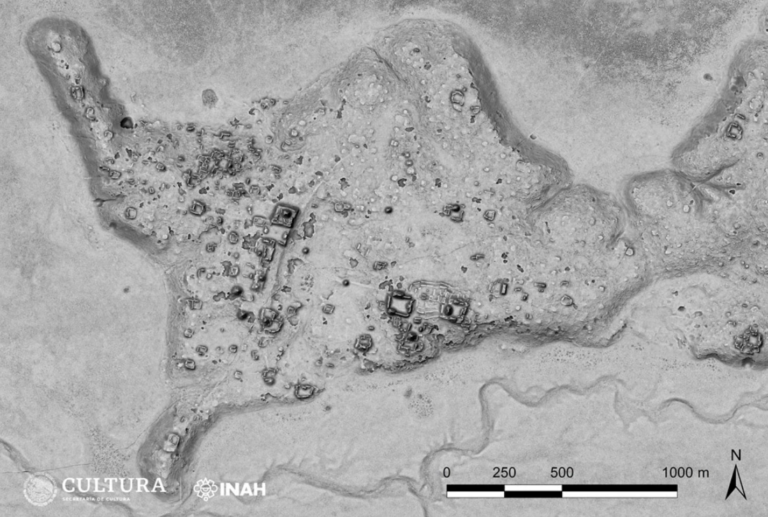
Hidden deep within the dense jungles of Mexico’s Yucatán Peninsula, Ocomtún was revealed to the world in June 2023 through LiDAR scans. The site features massive pyramidal structures, plazas, and causeways, suggesting it was once a significant Maya city. While initial surveys date the city’s peak between 600 and 800 CE, much remains unknown.
What role did it play in the broader Maya civilization? Was it abandoned, or did its people migrate elsewhere? Full-scale excavations could answer these questions and help us better understand the collapse of the Classic Maya civilization.
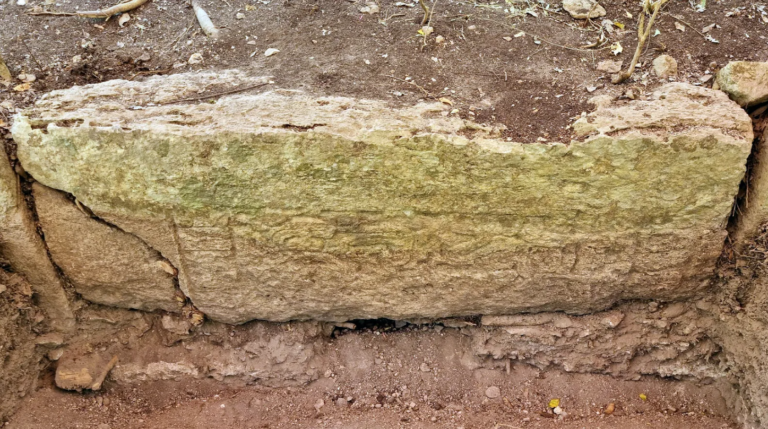
Relief carvings in a block found in Ocumtún in Campeche state, Mexico
Credit: Ivan Ṡprajc
2. Valeriana, Mexico: A Forgotten Maya Megacity
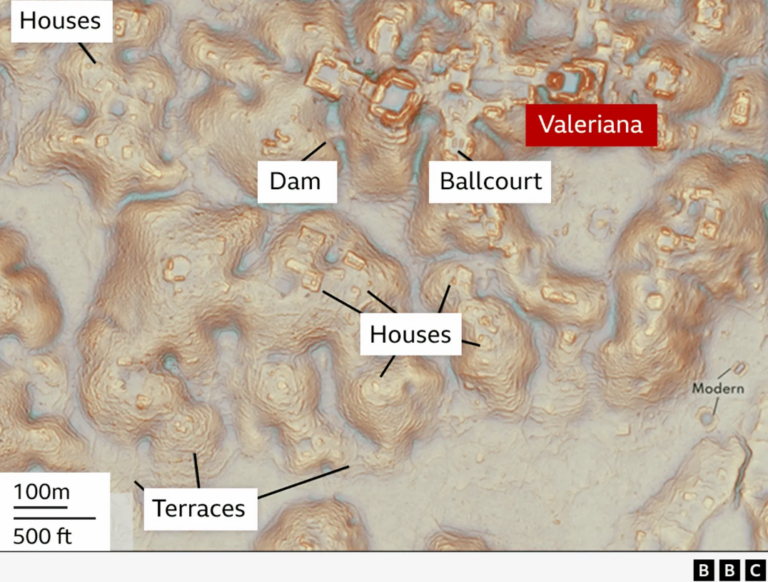
Another astonishing discovery, made in 2024, Valeriana is one of the largest ancient Maya cities ever found. Spanning over 47 square miles, this city contained over 6,500 structures, including massive temple pyramids, ball courts, and water reservoirs. Its sheer size suggests it was a major political and economic center, yet no historical records mention it.
Did it rival other great Maya cities like Tikal and Calakmul? Why was it abandoned? Excavating Valeriana could provide critical insights into the lost infrastructure and governance of the ancient Maya world.
3. Upano Valley, Ecuador: The Hidden Amazonian Cities
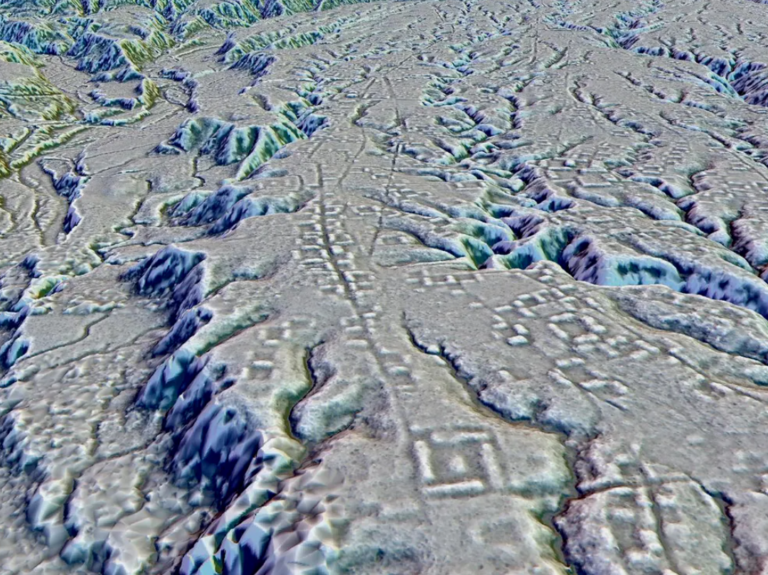
For decades, historians believed that the Amazon rainforest was mostly inhabited by small, scattered tribes. However, a groundbreaking discovery in January 2024 shattered that notion. LiDAR scans of Ecuador’s Upano Valley revealed vast ancient cities dating back to at least 500 BCE. Featuring elaborate road systems, platform structures, and agricultural terraces, these cities suggest that complex civilizations once thrived in the Amazon long before the rise of the Inca.

Could these be the remnants of the long-rumored “lost cities” of the Amazon? Excavations here could revolutionize our understanding of pre-Columbian South America.
4. El Mirador, Guatemala: The Cradle of the Maya Civilization

Photo Credit: Geoff Gallice
El Mirador is one of the largest pre-Columbian Maya cities ever discovered, yet it remains largely unexcavated. Flourishing between 1000 BCE and 250 CE, it predates the rise of major Maya city-states like Tikal and Copan. With enormous pyramid complexes, vast reservoirs, and intricate roadways, El Mirador could hold the key to understanding the early development of the Maya civilization.
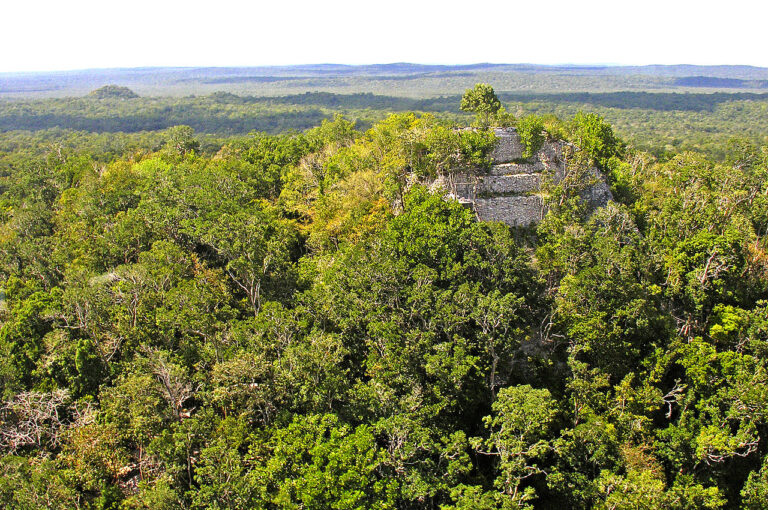
Photo Credit: Dennis G. Jarvis
Some researchers even speculate that it was the first true Maya “superpower.” Proper excavation could confirm whether El Mirador was the birthplace of Maya political and social structures.
5. Target One (T1), Honduras: The Lost City of the Monkey God?
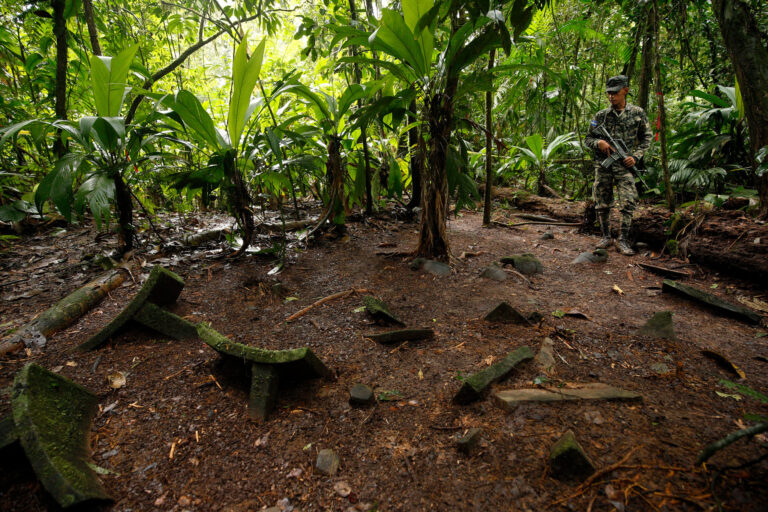
Discovered in 2013 using LiDAR technology, Target One (T1) is located deep in the Mosquitia jungle of Honduras. Some researchers believe it may be linked to the legendary “Ciudad Blanca” or “White City,” a fabled Mesoamerican civilization mentioned in local myths. Unlike other Mesoamerican ruins, T1 has remained untouched for centuries, meaning it could provide a uniquely preserved glimpse into the past. Did it belong to a previously unknown culture? Could it rewrite what we know about Central American civilizations? Excavations here could offer extraordinary insights.
Why These Sites Matter
Each of these locations has the potential to change our understanding of ancient civilizations. They challenge existing historical narratives and open up new possibilities for understanding lost societies. Whether it’s uncovering the mysteries of the ancient Maya, proving the existence of vast Amazonian empires, or discovering an entirely new civilization, these excavation sites could be some of the most significant archaeological breakthroughs of the 21st century.
As technology like LiDAR and advanced remote sensing continues to improve, we are on the verge of discovering more lost cities and forgotten cultures than ever before.
The question is: will we have the resources and the will to excavate them? Only time will tell, but one thing is certain—history is far from fully written.



